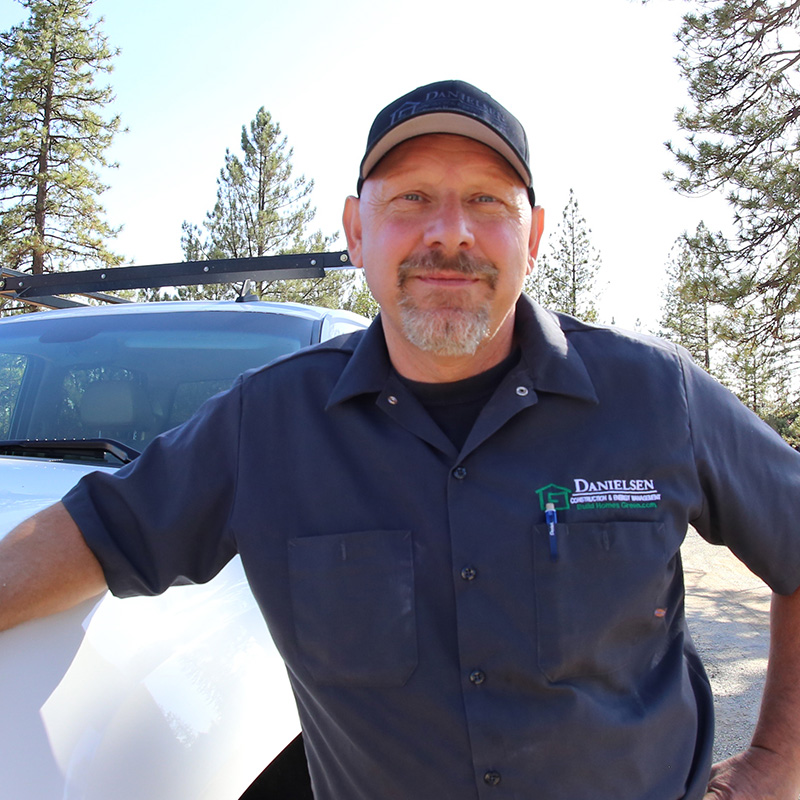The introduction of NEM 3.0 (Net Energy Metering) in April of 2023 means major changes in how homeowners in California use solar. The net metering rates (compensation for excess power sent back to the grid) were reduced by about 75% for new PG&E (Pacific Gas & Electric), SCE (Southern California Edison), and SDG&E (San Diego Gas & Electric) clients.
Homeowners with existing solar systems or ones that filed an interconnection application for a new system by April 13, 2023 will still be able to use the NEM 2.0 rates for the next 20 years.
NEM 2.0 versus NEM 3.0
In the past an equal or close to equal rate for electricity was offered for power returned to the grid, meaning that whatever power you produced was taken off of your electricity bills.
With NEM 3.0 rates are calculated based on the day of the week, time of the day, and month of the year in which energy is exported – there’s almost 600 possible rates. Basically, the reimbursement is only about 25% of the retail energy costs during those same hours.
With NEM 2.0 the payback period for a solar system was about 5 to 6 years. Now it close to 10 years. Additionally, homeowners loose about 60% over the lifetime of a solar system.
The benefits of adding a battery to your solar system
With these new circumstances we encourage our customers to focus on the positives of using a battery system: It makes your home truly self-sufficient, independent from the energy grid, and well prepared in case of power outages. Now the payback period for a solar-plus-storage installation is faster than a solar-only system. Under NEM 3.0 you’ll save the most over your solar system’s lifetime if you add a battery.
A battery storage system enables homeowners to send power back during the hours when the grid is working hardest. During sunlight hours the system is powering the home or charges the battery, maximizing savings by sending excess power back to the grid at the right time (peak hours). At night the house can be powered either by the battery or with the grid’s inexpensive nighttime rates, saving stored energy for use or for exporting during peak hours.
So what’s the best time to send energy back to the grid? Maybe never. Use your battery for powering your home, especially when purchasing energy is most expensive during peak hours. During hours when power costs less you can use energy from the grid if necessary.
Based on the complex buyback structures of NEM 3.0, selling back the grid only makes financial sense between 5 and 7 pm during the month of September. Outside these time periods it’s best to keep battery power for your own consumption.
Also for homeowners that still use the NEM 2.0 rates it might of course be beneficial to install a battery so they have more control over how to use energy and when and if power is sent to the utility company.
What are other ways to optimize your energy consumption?
Other than investing in a home battery storage system to store excess electricity for use during peak hours, here are some additional ways to preserve energy:
Energy Efficiency
It becomes more important than ever to focus on energy efficiency at home. This includes using energy-saving appliances, LED lighting, proper insulation, and being mindful of electricity consumption.
Time-of-Use Optimization
Because of the time-of-use rates, try to align energy-intensive tasks with off-peak hours when electricity rates are lower. The rates are highest at times of peak demand, which is late afternoon and early evening. The rates are lowest during off-peak times when energy usage is lowest, late at night and early mornings.
Load Shifting
Shift electricity usage to coincide with peak solar or wind production. For example, run appliances like washing machines, dishwashers, or electric vehicle chargers during times of high electricity generation.
Diversify Energy Generation
Instead of relying solely on solar or wind power, explore other renewable energy sources that might be eligible for better compensation under the new policy. For instance, some regions may offer better rates for certain types of biomass or geothermal energy.
Energy Conservation
Encourage energy conservation practices among family members or within the community. The more everyone can reduce electricity usage, the less impact the policy change will have on individual households.
Please let us know any questions you might have about solar energy, solar batteries, and how to find the best solution for optimizing energy use and energy savings in your home. We’ll assess your specific situation and find an optimal, tailored solution for you.
What is NEM 3.0 and How Will it Impact California Solar Owners? – Great examples of different payback period under NEM 2.0 and NEM 3.0
https://www.solar.com/learn/nem-3-0-proposal-and-impacts-for-california-homeowners/



